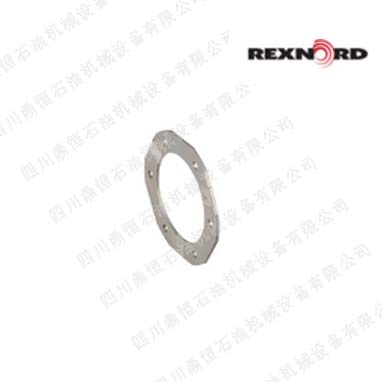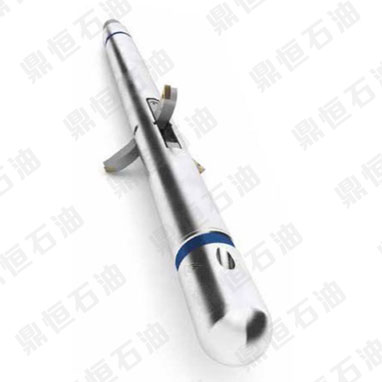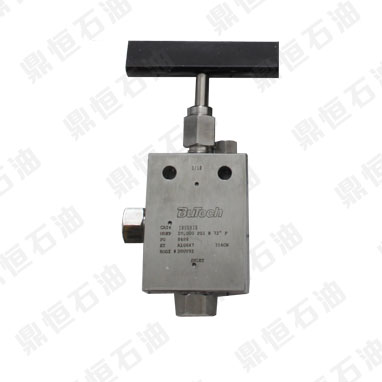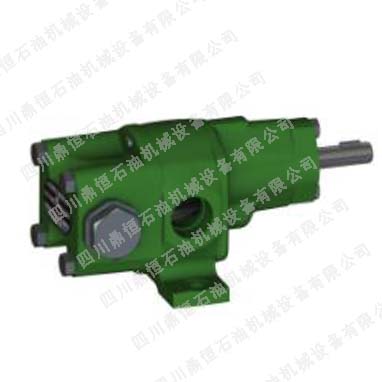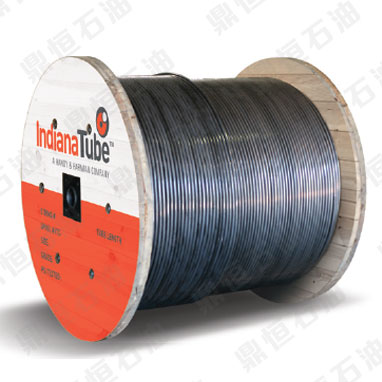Weir創新預旋技術如何減少葉輪前緣磨損
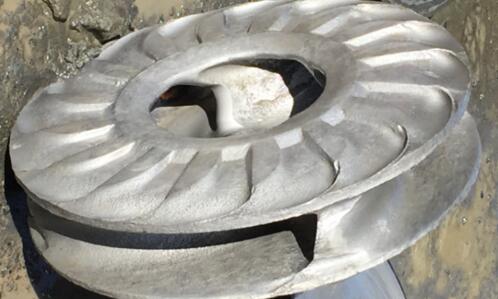
通過泵輸送泥漿非常困難。它粗厚,有磨蝕性,含有多種固體。
由于顆粒的運動方式,泥漿中發現的粗大顆粒在泥漿泵葉輪葉片的前緣磨損中起主要作用。因為粗大顆粒的慣性意味著它們不遵循載液的流線,終導致大顆粒撞擊葉片的前緣。
當泥漿流過管道時,較大的顆粒在入口底部沉降,并被流體拉動,而較小的顆粒則懸浮在泥漿內。顆粒在管道中的分離意味著離心泵的葉輪入口看不到同質的漿料混合物。
離心泵葉輪葉片的設計主要用于滿足輸入流并加速流體。當泥漿接近泥漿泵的葉輪時問題出現了,流動方向發生突變。細小顆粒隨著流體從管道過渡到葉輪,但大顆粒不會。它們繼續沿直線移動,當漿液通過葉輪時撞擊葉片前緣。旋轉葉片和進入顆粒之間的相對高速度導致葉輪前緣磨損。由于大顆粒的撞擊而導致的葉片長度的損失導致泵性能減弱。終,泵將不能再產生需要的水頭和流量,并且葉輪也需要更換。
我們做了什么?
在Weir礦業的礦物加工廠里,我們多次見證了葉輪前緣磨損問題,并希望提高Warman®研磨回路泵的耐磨性能。經過仔細檢查,我們的工程團隊設計了一個創新的解決方案,以減少對葉片前緣的沖擊磨損 --- 配有預旋葉片的Warman® 管喉。
Warman® 管喉已獲得專利,改變了入口管底部的粗糙固體相對于葉輪前緣的方向。
如何運作?
預旋葉片在泥漿進入葉輪之前改變漿料的流動,使其隨著葉輪的旋轉沿逆時針方向旋轉。這就導致流動的旋轉降低了葉輪葉片和漿體之間的相對速度。
管喉底部的預旋葉片的位置要比管喉其他位置的扭轉角大。這是為更大顆粒提供更大的切向速度。以這種方式改變預旋角可以確保大顆粒和葉片前緣之間的相對速度被小化,同時保持流體在葉片上的正確沖擊角度。
關于鼎恒石油
四川鼎恒石油是Weir SPM的授權代理商,若需要購買SPM產品或需要了解產品詳細參數及相關疑問,可直接進入鼎恒石油官網咨詢網站客服或者撥打銷售熱線18000522697。
四川鼎恒石油機械設備有限公司(http://873817.com)是一家擁有進出口經營權,長期從事國內外石油天然氣設備和配件的專業銷售公司。鼎恒石油公司總部設在四川成都,在加拿大大不列顛哥倫比亞省成立了分公司。我公司與多家世界知名制造廠商建立了緊密的合作關系。
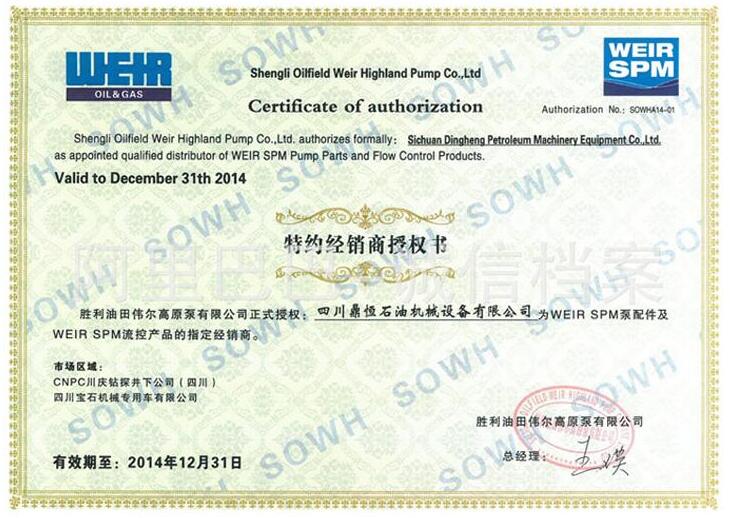
注:該文章由鼎恒石油編譯,轉發須注明出處。
附英文原文:
How to reduce impeller leading edge wear with our innovative pre-swirl technology
Transporting slurry through pumps is tough. It’s thick, abrasive and contains a wide range of solids.
The coarse, large particles found in slurry play a major role in the leading edge wear of slurry pump impeller vane due to the way the particles travel. Inertia of the large particles means they do not follow the stream lines of the carrier fluid. This results in the large particles impacting the leading edge of the vane.
When slurry flows through a pipe the larger particles settle towards the bottom of the inlet and are pulled along by the flow, whilst the smaller particles are suspended within the slurry. This segregation of the particles in the pipe means the impeller inlet of the centrifugal pump does not see a homogenous slurry mixture.
Centrifugal pump impeller vanes are designed to meet the incoming flow and accelerate the fluid. The problem occurs when the slurry approaches the impeller of the slurry pumps there is an abrupt change in flow direction. The small, fine particles follow the fluid as it transitions from the pipe into the impeller, but the large particles do not. They continue to move in a straight line, impacting the vane leading edge as the slurry moves through the impeller. The high relative velocity between the rotating vane and the incoming particles results in the impeller leading edge wear. Loss of vane length due to impacting of the large particles results in a loss of pump performance. Eventually the pump will no longer be able to generate the head and flow required for the duty and the impeller will need to be replaced.
What have we done?
At Weir Minerals, we witness this problem time and time again in arduous mineral processing plants, and wanted to improve the wear performance of our Warman® mill circuit pumps. After careful examination our engineering team devised an innovative solution to decrease the impact wear on the vane leading edge. The Warman® throatbush with pre-swirl vanes.
Our patented Warman® throatbush with pre-swirl vanes changes the direction of the coarse solids at the bottom of the inlet pipe relative to the impeller leading edge.
How does this work?
The pre-swirl vanes change the flow of the slurry, swirling it in an anti-clockwise direction, with the rotation of the impeller, before it enters the impeller. This induced rotation of the incoming flow reduces the relative velocity between the impeller vanes and the slurry.
Pre-swirl vanes at the bottom of the throatbush are positioned with a greater angle of twist than those elsewhere on the throatbush. This is to provide the larger particles with a greater tangential velocity. Varying the pre-swirl angle in this way ensures that the relative velocity between the large particles and the vane leading edge is minimized while at the same time maintaining the correct impingement angle of the fluid on to the vane.
